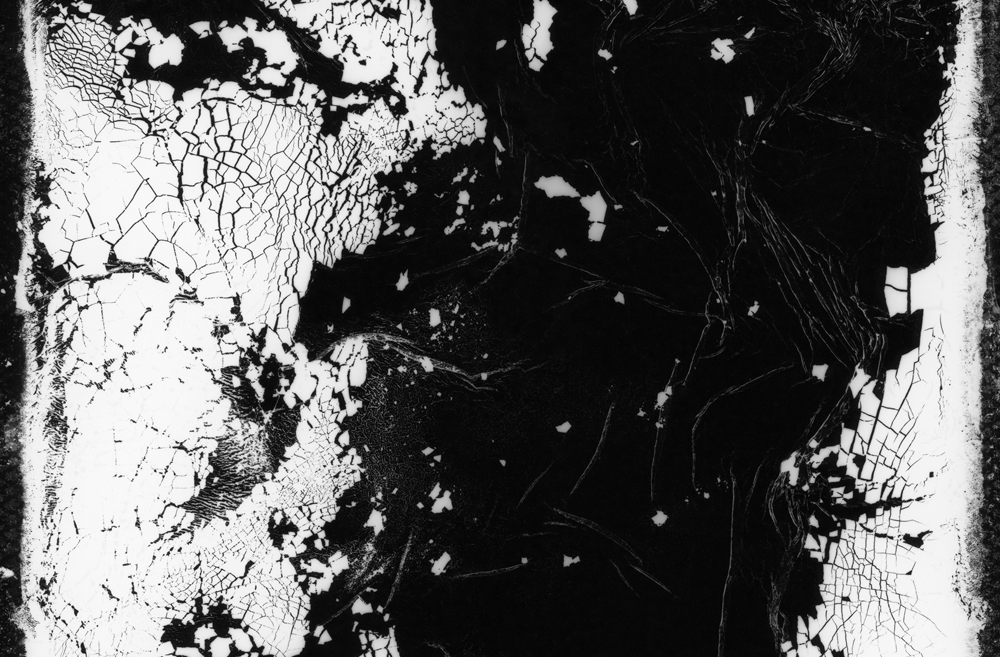
Archives in Absence Exhibition
My work was recently selected to be part of Archives in Absence- an exhibition and curatorial research project exploring the emotional and political dimensions of what’s missing from the archive. Through a range of media, it reflects on how archives both preserve and omit, and what those silences reveal.
Born from a simple yet unresolved question who is missing? - Archives in Absence works with ideas of memory, erasure, and speculative reconstruction, inviting viewers to consider how stories are preserved, forgotten, or deliberately obscured, and what it means to make them visible again.
You can see the full exhibition catalogue here: https://archivesinabsence.weebly.com/catalogue.html
Architecture of the Void, the In-between and the Transparent

Architecture of the Void I (2025) Original Photogram from polaroid negative Size: 5 x 7
“An emptiness full of possibilities.”
Adhering to the idea of a palimpsest, this body of work uses the Polaroid not as a photographic tool, but as a mutable structure. Without a camera, the emulsion is physically manipulated—scratched, pressed, torn—producing painterly forms through touch alone. These gestures disrupt and degrade the surface, layering destruction and reconstruction into each frame. The image is continually eroded, diminished, reshaped—until it is eventually torn in two, and the process begins again.
What remains is not a photograph, but a trace: the scarred plastic shell, now acting as a negative, is contact-printed in the darkroom to produce a new image. These resulting works speak not of representation but of what has been lost, altered, or withheld. Beneath the plastic surface, cell-like forms emerge—echoing the fragility of skin, the vulnerability of memory. The inner emulsion, once sealed, becomes a mutable interior: unstable, disrupted, exposed.
 Architecture of the Void III & VII (2025)
Architecture of the Void III & VII (2025)
In the ruins of each Polaroid lie scratches, fingerprints, smears—physical remnants of interaction, ritual, and effacement. These marks, both intentional and unconscious, resemble ravaged landscapes and abandoned spaces. They record a process of deconstruction, searching beneath the surface for meaning, resonance, or self.
This series explores what it means to remember without a record—to hold on to absence, to leave behind a material trace in place of a clear image. It engages the gaps and silences left by memory, history, and institutional erasure, using abstraction as a language for what cannot be fully recovered.

Architecture of the Void V (2025)
Original Photogram from polaroid negative Size: 5 x 7
For me, photography operates as an act of preservation — recording light, revealing the unseen, and capturing the transient. Each image functions as a by-product of light, time, and human experience, embodying both process and material trace.
By recontextualising the remnants and residues of photographic practice, I seek to reclaim and reconfigure discarded materials as new artefacts. This approach extends beyond conventional image-making, using the physical remains of photographic development as both subject and medium.
The resulting works examine what lies beyond the limits of human perception: fugitive moments, surface degradation, and the material imprint of touch. Attention to scratches, dust, and fractured emulsions reveals how photographic surfaces register time, decay, and presence.

Architecture of the Void VI & IV (2025)
Working directly with manipulated Polaroid emulsions, I produce hand-printed silver gelatin photographs that expose the structural and cellular qualities of the medium. Each piece becomes both object and image — a site where process, intervention, and transformation converge.
These fragments resembled wastelands: unconsciously created spaces born of destruction, yet inscribed with memory and presence. Defining a new way of looking at the inner realm of photographs as objects and a means of transcending the invisible by illuminating the traces of the art of physically making photographs.
Through these material investigations, photography is redefined as a mutable vessel for memory and imagination. The practice interrogates the photograph’s dual nature as representation and object, locating meaning in its physicality, temporality, and capacity to preserve traces of lived experience.

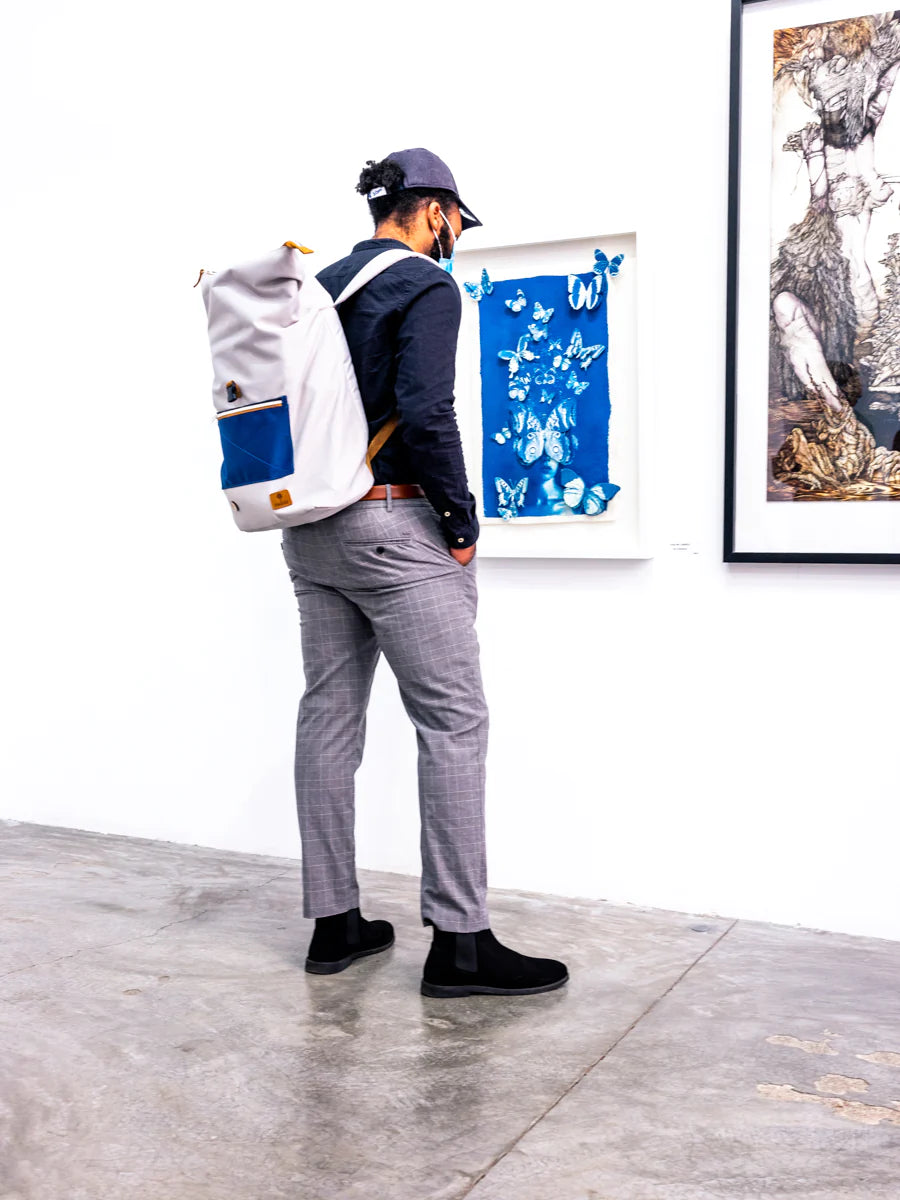
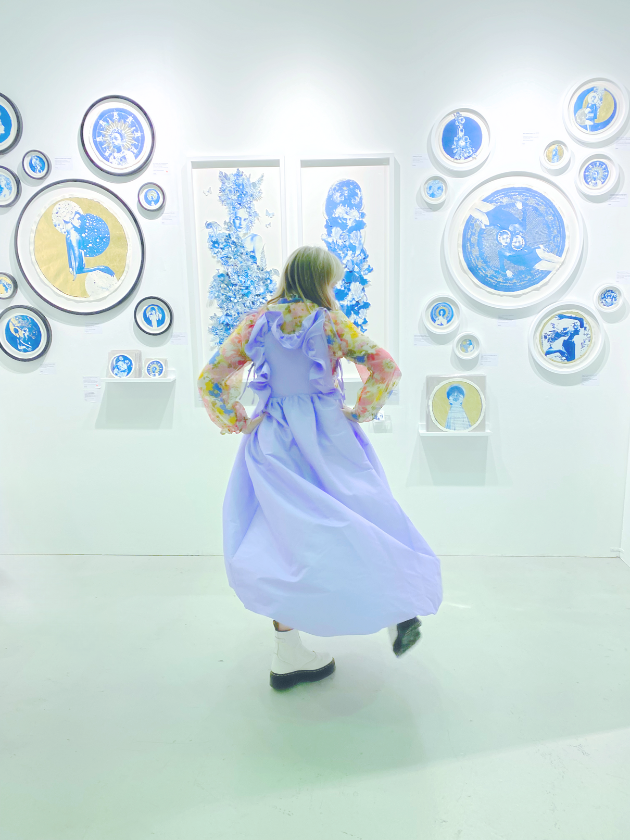
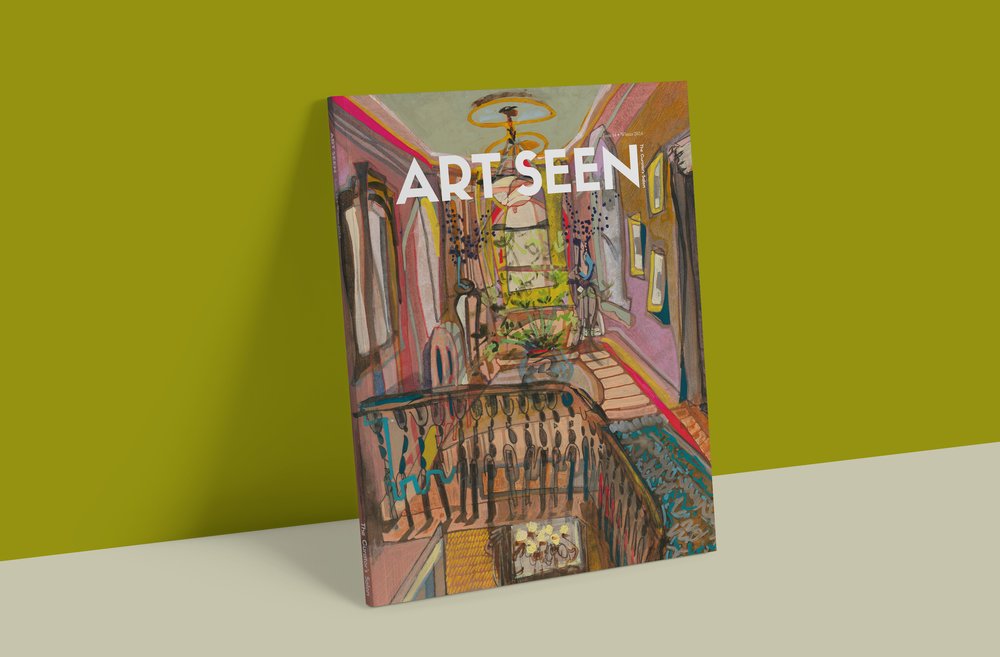
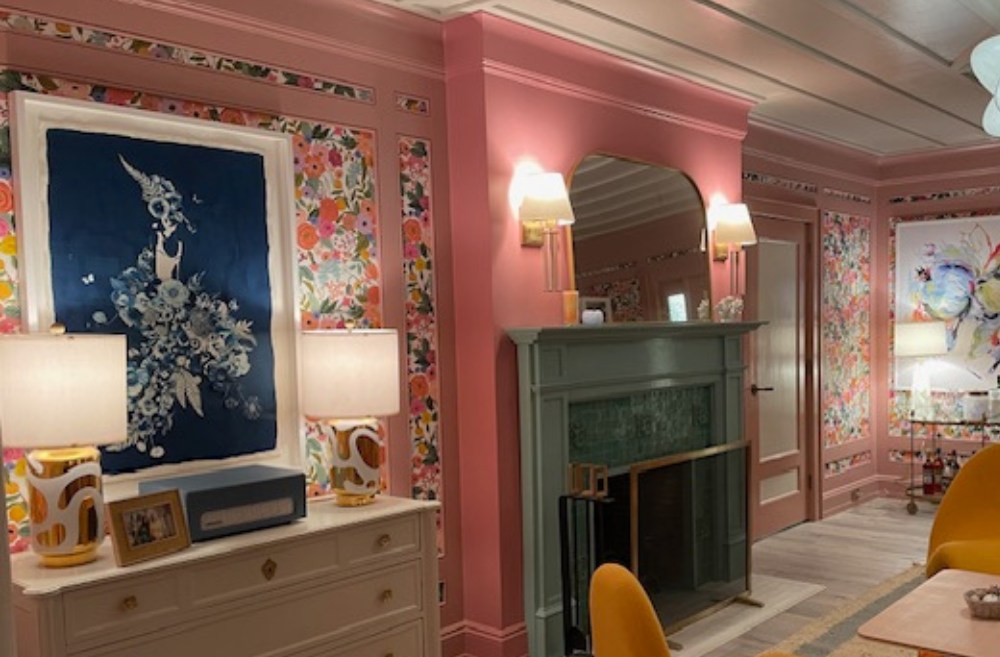
Leave a comment
This site is protected by hCaptcha and the hCaptcha Privacy Policy and Terms of Service apply.